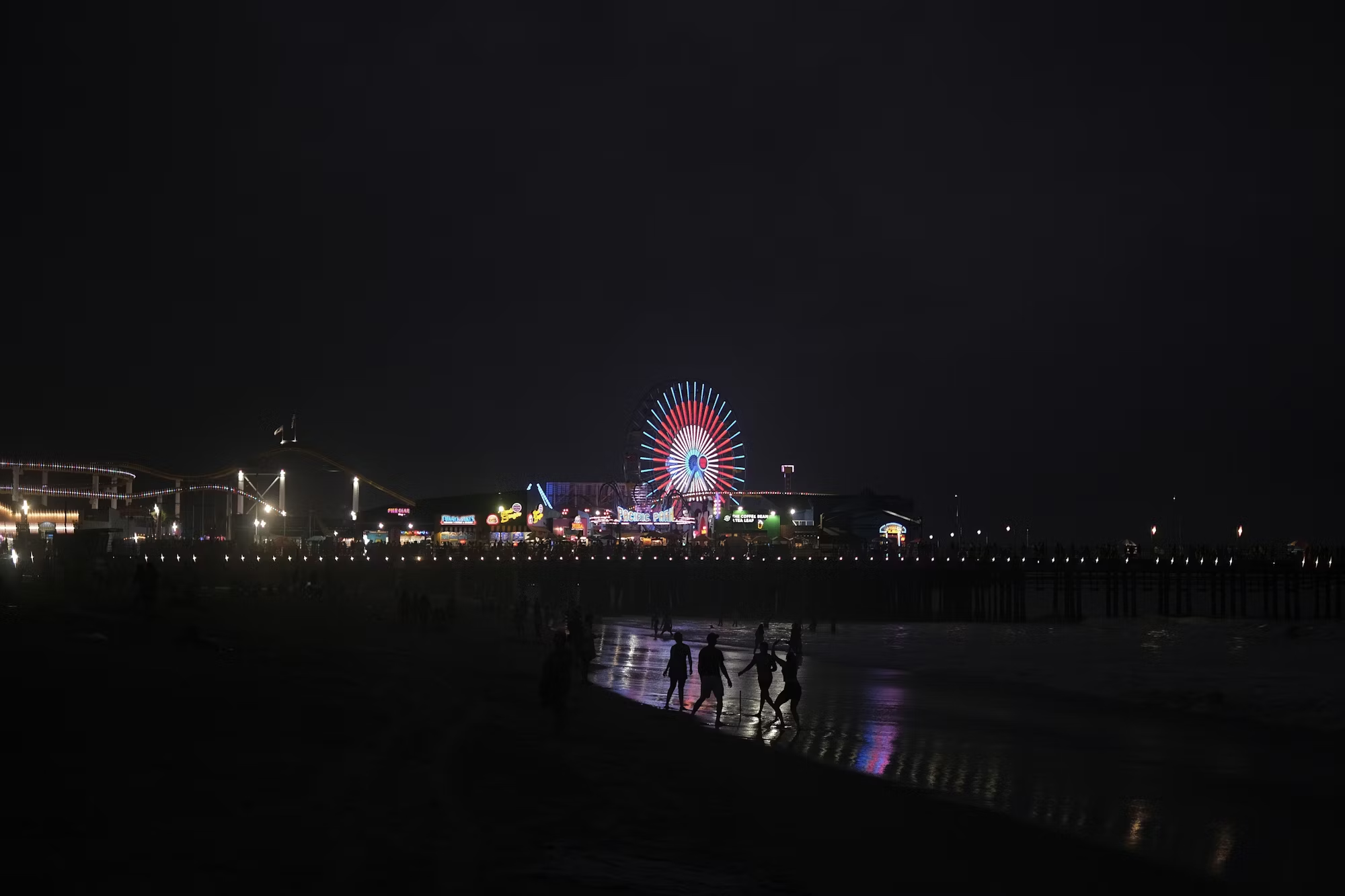
Exploring the Magic of Themed Entertainment: A Closer Look at Immersive Experiences
Themed entertainment has transformed the way we experience leisure, blending storytelling, technology, and artistry to create immersive environments that transport visitors to fantastical realms. From the whimsical worlds of theme parks to the intricacies of themed restaurants and events, this genre captivates audiences by engaging their senses and igniting their imaginations. In this article, we will explore the evolution of themed entertainment, its essential elements, and the impact it has on audiences worldwide. The concept of themed entertainment can be traced back to the early 20th century, when amusement parks began to incorporate storytelling elements into their attractions. However, it was Walt Disney’s vision for Disneyland, which opened in 1955, that truly revolutionized the industry. Disney’s emphasis on creating fully realized worlds, complete with themed rides, dining, and entertainment, set a new standard for immersive experiences. Disneyland was not just a collection of rides; it was a meticulously crafted environment designed to engage guests in a narrative. This approach paved the way for the modern era of themed entertainment, inspiring countless parks and attractions worldwide. The success of Disneyland prompted a wave of imitators and innovations in the themed entertainment sector. Theme parks began to incorporate detailed theming into their attractions, creating immersive lands that transported visitors to different cultures, historical periods, or fantastical realms. Universal Studios, for instance, embraced the power of storytelling by bringing beloved films to life through themed rides and attractions. The Wizarding World of Harry Potter, which opened at Universal Orlando Resort, exemplifies this trend, allowing fans to step into the pages of J.K. Rowling’s novels and experience the magic firsthand. Beyond theme parks, themed entertainment has found a place in various industries, including dining, retail, and hospitality. Themed restaurants, for instance, create unique dining experiences that reflect specific concepts or cultures. From medieval banquets to under-the-sea adventures, these establishments engage diners in an immersive atmosphere that goes beyond the food. Themed dining not only enhances the culinary experience but also allows patrons to escape into different worlds while enjoying a meal. The rise of experiential retail has further expanded the realm of themed entertainment. Retailers are increasingly creating immersive shopping experiences that invite customers to interact with products in engaging ways. Brands like the Museum of Ice Cream and the Color Factory have gained popularity by transforming shopping into a whimsical adventure, complete with interactive exhibits and photo opportunities. These experiences tap into the desire for novelty and playfulness, turning ordinary shopping trips into memorable outings. Central to the success of themed entertainment is the concept of immersion. Immersive experiences engage multiple senses, creating a holistic environment that captivates audiences. Designers carefully curate every detail, from soundscapes and scents to visual elements, ensuring that visitors feel fully enveloped in the experience. This commitment to immersion is what sets themed entertainment apart from traditional forms of leisure. As technology continues to evolve, the possibilities for immersive experiences expand even further. Virtual reality (VR) and augmented reality (AR) have become powerful tools for creating interactive environments that blur the lines between the real and the imagined. Theme parks are increasingly incorporating VR experiences into their attractions, allowing guests to embark on thrilling adventures that transport them to distant worlds. AR technology enhances themed experiences by overlaying digital elements onto the physical environment, providing guests with interactive narratives and challenges. The future of themed entertainment holds exciting potential as creators experiment with new technologies and storytelling techniques. As audiences become more discerning and seek unique experiences, the industry will continue to adapt and innovate. Collaborations between filmmakers, game designers, and theme park developers will likely result in even more engaging attractions that resonate with visitors. Additionally, the emphasis on sustainability and social responsibility will shape the future of themed entertainment. As awareness of environmental issues grows, attractions will increasingly focus on eco-friendly practices and community engagement. Themed experiences that promote conservation, education, and inclusivity will not only attract audiences but also contribute positively to society. In conclusion, themed entertainment has evolved into a multifaceted industry that captivates audiences through immersive experiences. From the early days of amusement parks to the technologically advanced attractions of today, the genre has continually transformed to meet the desires of visitors. With its emphasis on storytelling, immersion, and innovation, themed entertainment will undoubtedly continue to enchant and inspire generations to come. As we look ahead, it is clear that the magic of themed experiences will remain a cherished part of our cultural landscape, inviting us to escape reality and embark on unforgettable adventures.